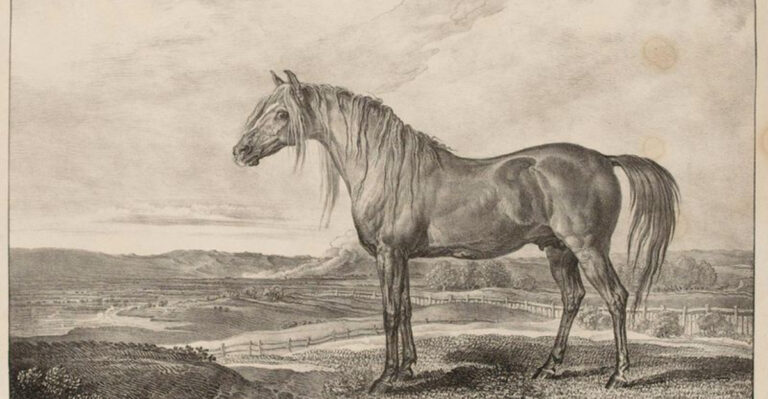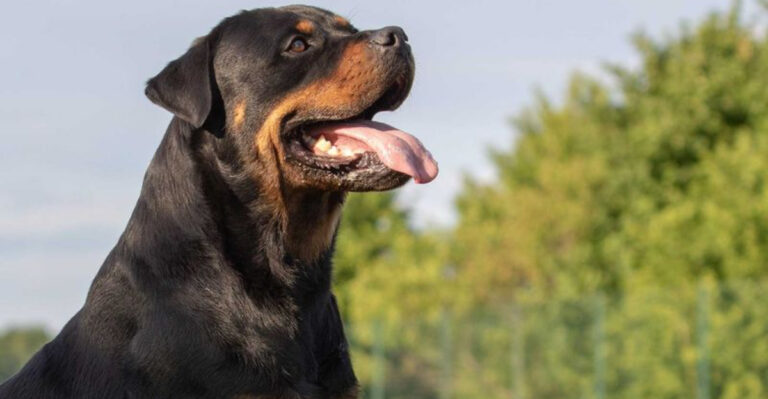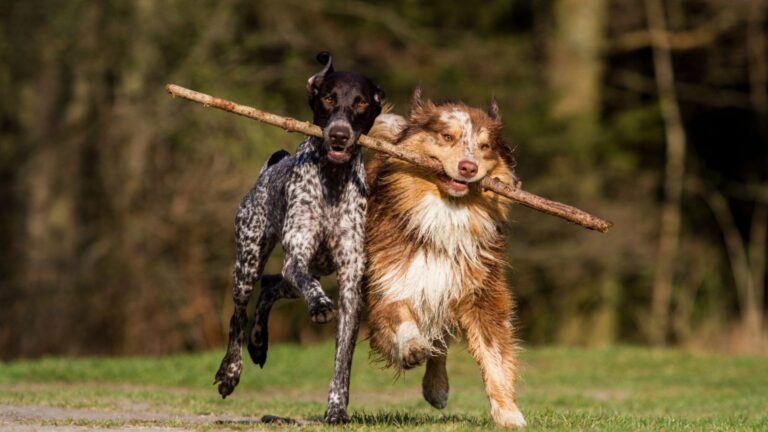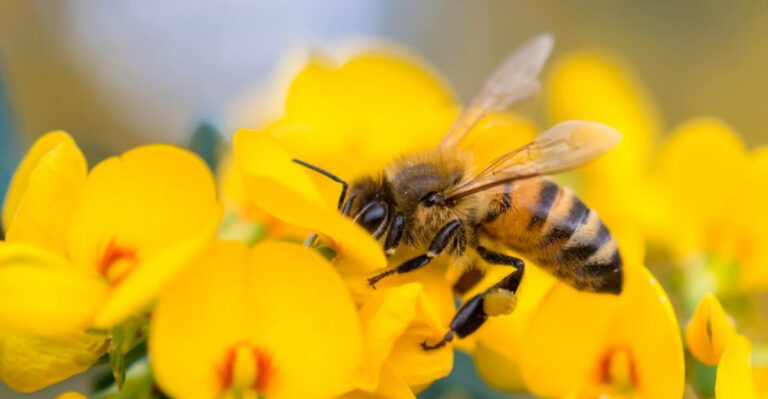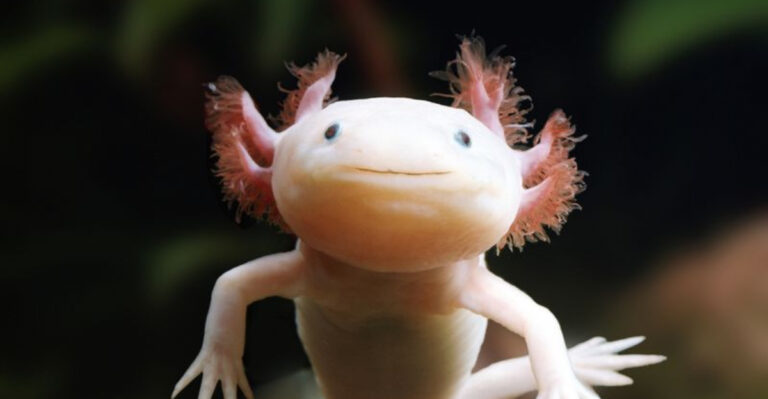9 Dog Breeds Vets Wish People Would Stop Buying And 5 That Are Great For City Living
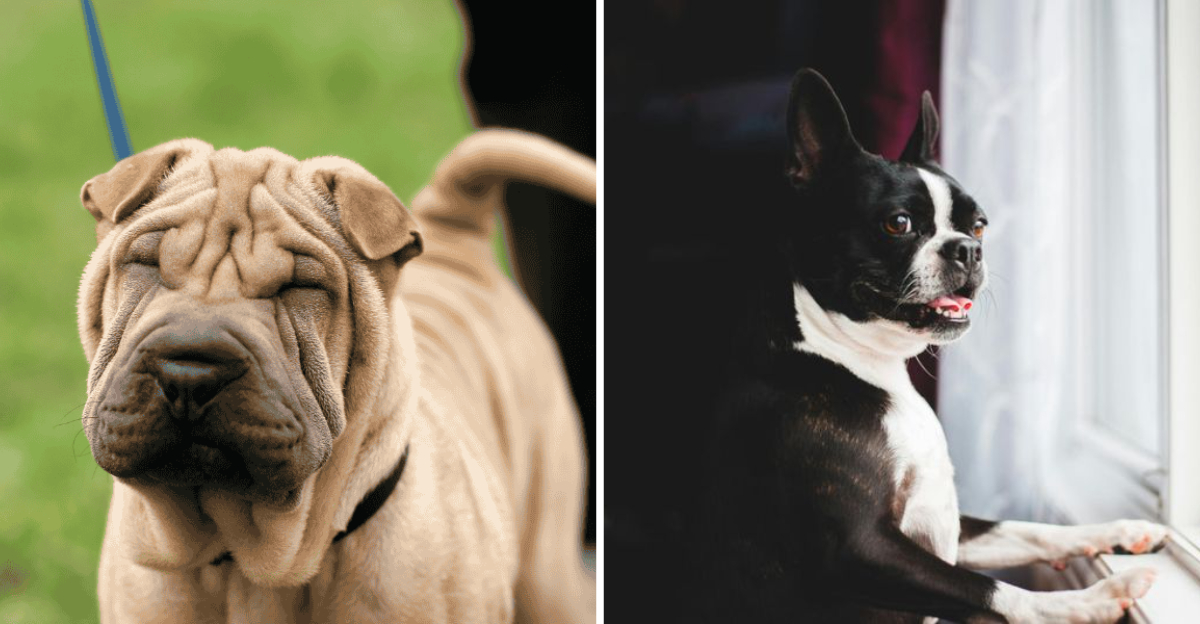
Choosing a dog is a huge decision that affects both your life and the pup’s well-being for years to come. Unfortunately, many popular breeds face serious health issues or aren’t suited for typical home environments.
Veterinarians often see the heartbreaking consequences when trendy breeds don’t match an owner’s lifestyle. Let’s explore which dogs vets wish would stop being so popular, and which breeds actually thrive in urban settings.
1. English Bulldogs – Breathing Troubles Come Standard
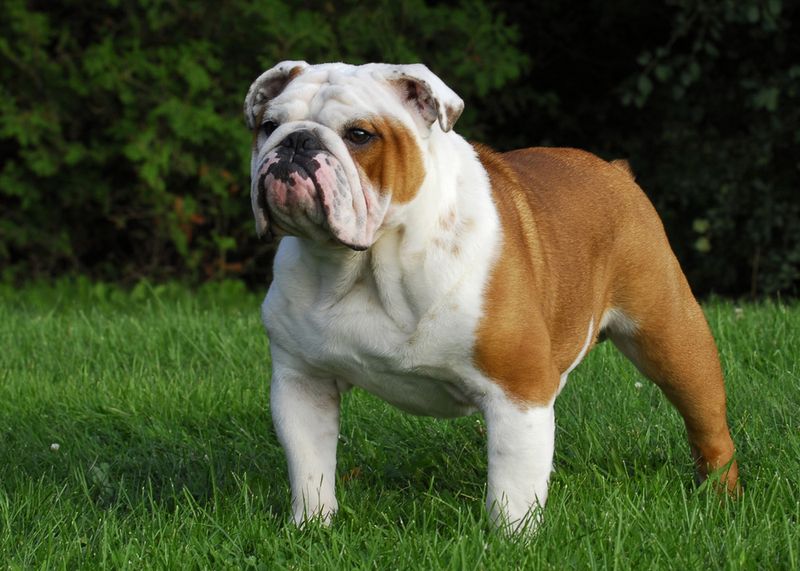
Those squishy faces might look adorable, but English Bulldogs struggle to breathe properly their entire lives. Their extreme flat faces (brachycephaly) cause a condition called Brachycephalic Airway Syndrome, making every breath a challenge.
Many Bulldogs require expensive surgery just to breathe somewhat normally. They also suffer from skin infections in their deep wrinkles, overheating problems, and difficulty giving birth naturally.
The breed’s popularity drives breeders to create even more extreme features, worsening these health problems. Most veterinarians consider English Bulldogs one of the most medically high-maintenance breeds, with lifespans often cut short by preventable health issues.
2. French Bulldogs – Cute But Complicated
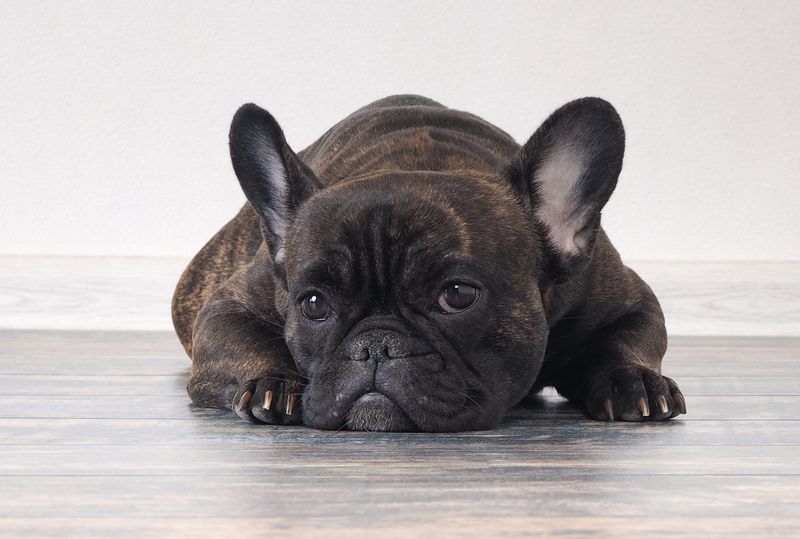
Frenchies have skyrocketed in popularity thanks to their bat ears and compact size. What most new owners don’t realize is they’re signing up for a lifetime of vet bills. Like their English cousins, French Bulldogs can’t breathe properly due to their flat faces.
Their narrow hips make natural breeding impossible – almost all require artificial insemination and C-sections to reproduce. Spinal issues are common too, with many developing intervertebral disc disease.
Heat intolerance makes them unsuitable for warm climates without constant air conditioning. Vets see countless Frenchies rushed in for emergency care during hot weather, many suffering potentially fatal heat stroke.
3. Pugs – A Lifetime Of Respiratory Distress
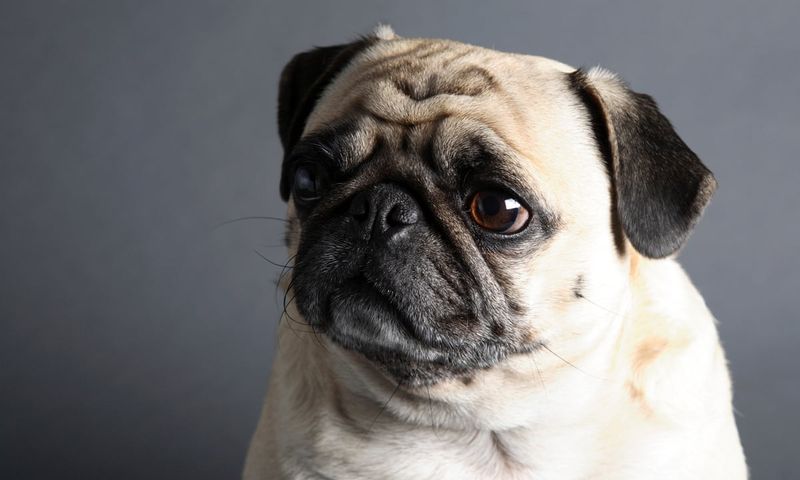
Behind those bulging eyes and wrinkled faces, pugs endure constant respiratory distress. Their extremely shortened snouts mean they essentially spend their lives trying to breathe through a coffee straw. Many pug owners mistake their noisy breathing as “normal” or even “cute” when it’s actually distressing.
Eye problems plague the breed too. Those protruding eyes easily scratch or even pop out of their sockets during play.
Pugs can’t regulate body temperature effectively, making them prone to heatstroke even on mildly warm days. Veterinarians frequently treat these preventable emergencies, wishing more potential owners understood the breed’s inherent suffering before bringing one home.
4. German Shepherds – Sloped Backs Lead To Pain
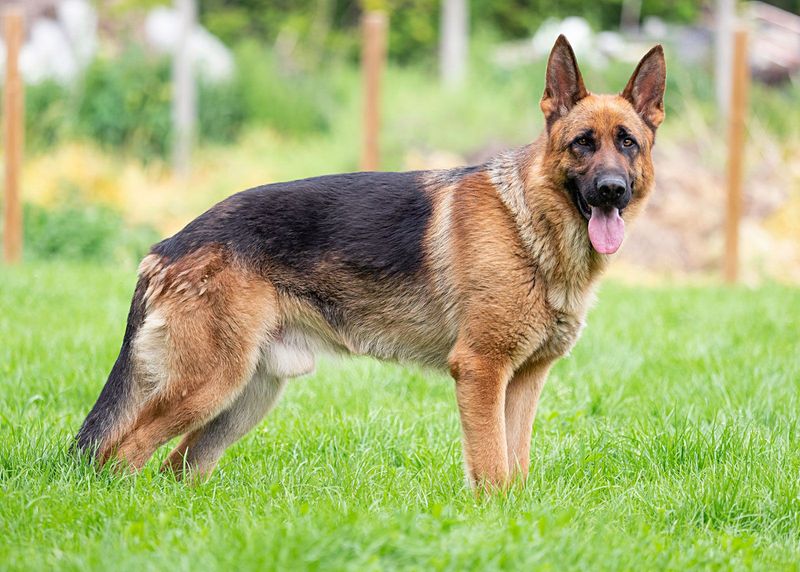
Modern German Shepherds often bear little resemblance to the healthier working dogs of decades past. Show breeders have created exaggerated sloped backs and angulated rear legs that look distinctive in the ring but cause crippling pain as the dogs age.
Hip and elbow dysplasia rates are alarmingly high, with many shepherds developing debilitating arthritis by middle age. Some can barely walk without pain by age 7 or 8.
These intelligent dogs also need tremendous mental stimulation and exercise – something many families can’t provide. Vets regularly see German Shepherds surrendered when owners can’t handle their exercise needs or afford the orthopedic surgeries they often require.
5. Dachshunds – Back Problems Waiting To Happen
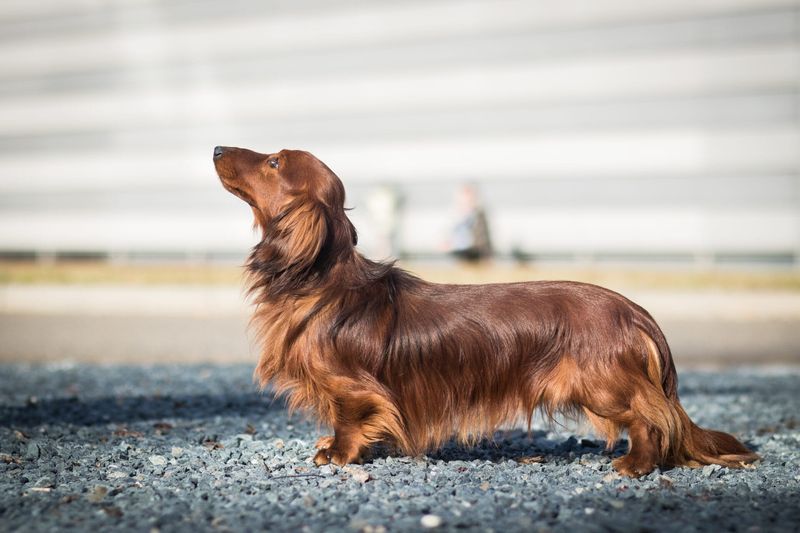
Those adorable wiener dogs with their long bodies and short legs are anatomically predisposed to serious back problems. One in four Dachshunds will develop intervertebral disc disease (IVDD), where discs between their vertebrae rupture or herniate.
When IVDD strikes, it often causes sudden paralysis requiring emergency surgery costing thousands of dollars. Even with treatment, many never walk normally again.
Their stubborn personalities and challenging housetraining tendencies surprise many first-time owners. Vets wish people would understand that these aren’t just cute toys but dogs engineered into a shape that causes predictable suffering. Buying one supports breeding practices that perpetuate these painful structural issues.
6. Shar-Peis – Wrinkles That Wreak Havoc
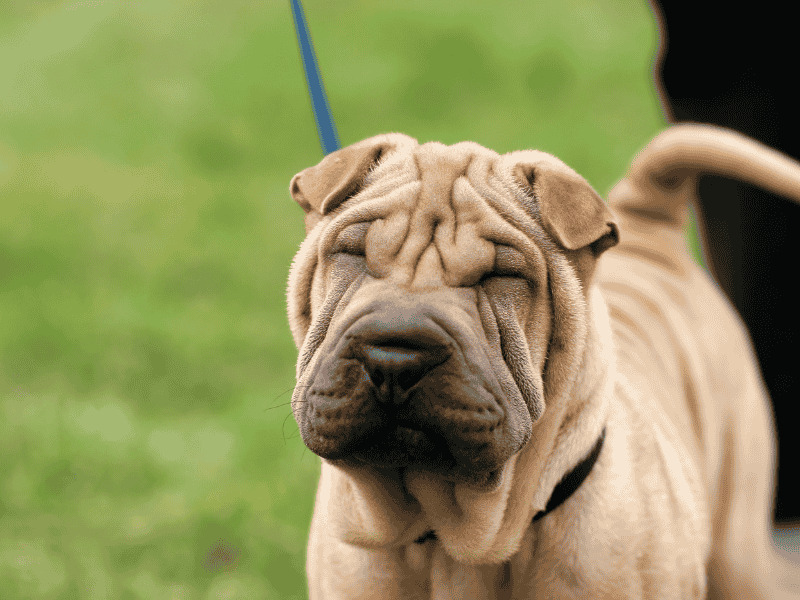
Those trademark wrinkles that make Shar-Peis so distinctive are actually breeding grounds for painful skin infections. The deep folds trap moisture and bacteria, requiring daily cleaning to prevent sores and yeast infections.
Many Shar-Peis suffer from a unique condition called Shar-Pei Fever, an inflammatory disorder causing recurrent fevers and joint pain. Over time, this can lead to kidney failure.
Their tiny ear canals are prone to chronic infections, while their inward-rolling eyelids (entropion) can scratch the cornea and require surgical correction. Veterinarians see these dogs suffering from preventable conditions directly linked to the exaggerated features breeders have selected for aesthetic reasons rather than health.
7. Cavalier King Charles Spaniels – Hearts And Heads At Risk
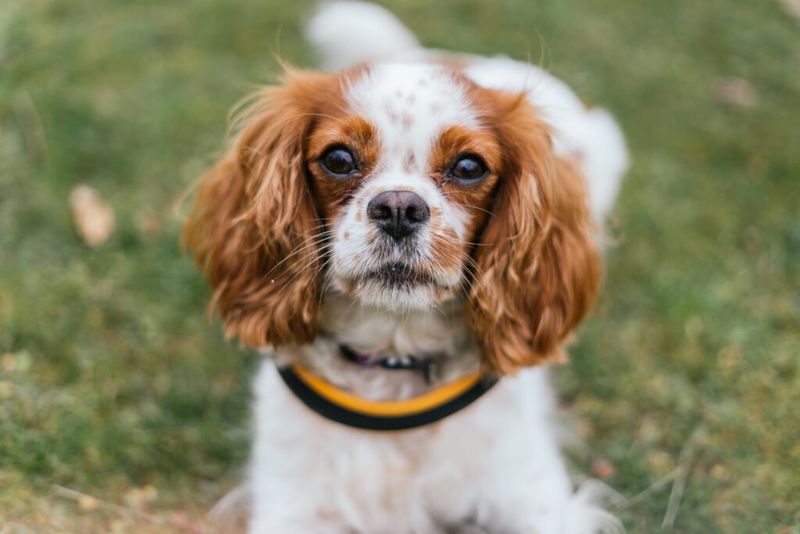
These gentle, sweet-natured dogs hide a heartbreaking genetic flaw. Nearly all Cavaliers develop mitral valve disease, a serious heart condition, by age 10. Many show symptoms much earlier, with their hearts gradually failing as they age.
Even more distressing is syringomyelia, where their brains are too large for their skulls. This creates intense pressure and pain, with many Cavaliers scratching at their necks and crying out when touched.
Despite knowing about these devastating conditions for decades, many breeders continue producing puppies without proper health testing. Vets regularly witness the suffering of these lovable dogs whose popularity persists despite their predictable health collapse in middle age.
8. Merle-Patterned Dogs – Beautiful But Potentially Blind And Deaf
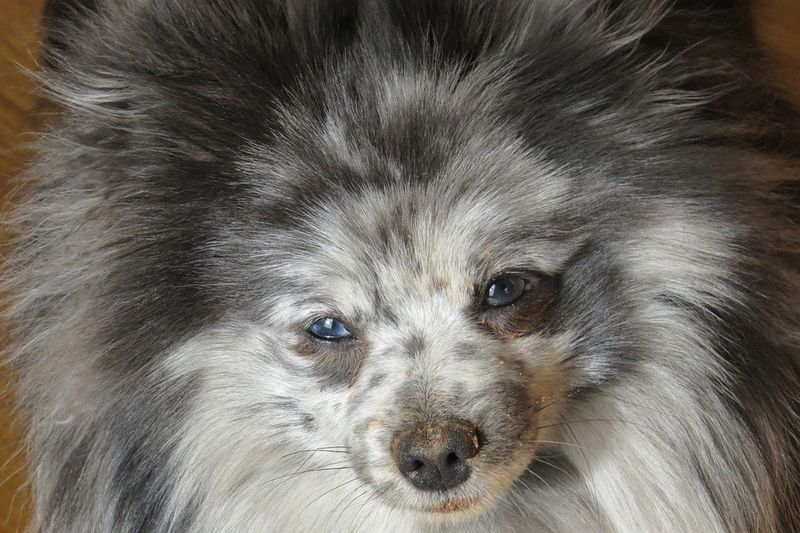
The striking merle coat pattern (mottled patches of color) has become trendy in many breeds, but it comes with serious genetic risks. When two merle dogs are bred together, approximately 25% of puppies will be “double merles” with severe health problems.
Double merles often develop blindness, deafness, or both due to missing pigment cells essential for sensory development. Many lack functional eyes or have malformed eyes causing chronic pain.
Irresponsible breeders deliberately create these patterns without regard for health consequences. Veterinarians wish people would stop supporting this practice by purchasing merle dogs from unethical breeders who prioritize unusual colors over health and wellbeing.
9. Teacup Dogs – Tiny Size, Enormous Health Problems
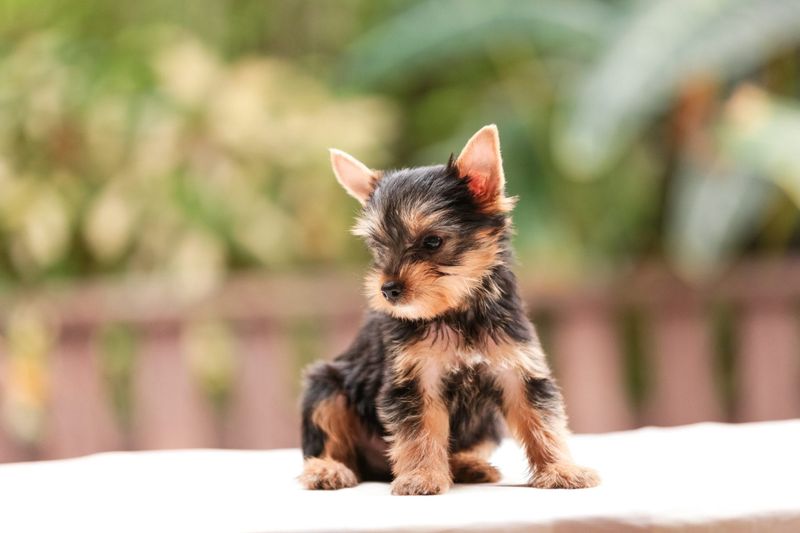
“Teacup” versions of popular breeds like Yorkies, Pomeranians, and Chihuahuas aren’t actually recognized breeds. They’re simply undersized specimens often resulting from breeding runts together or deliberately stunting growth.
These tiny dogs frequently suffer from hypoglycemia (dangerously low blood sugar), hydrocephalus (fluid on the brain), heart defects, and fragile bones that break easily. Many don’t survive beyond a few years.
Their small bladders make housetraining extremely difficult, while dental problems are almost guaranteed due to cramming adult teeth into tiny jaws. Veterinarians regularly see these fragile dogs suffering from preventable conditions directly linked to their unnaturally small size.
10. Greyhounds – Gentle Giants Perfect For Apartment Living
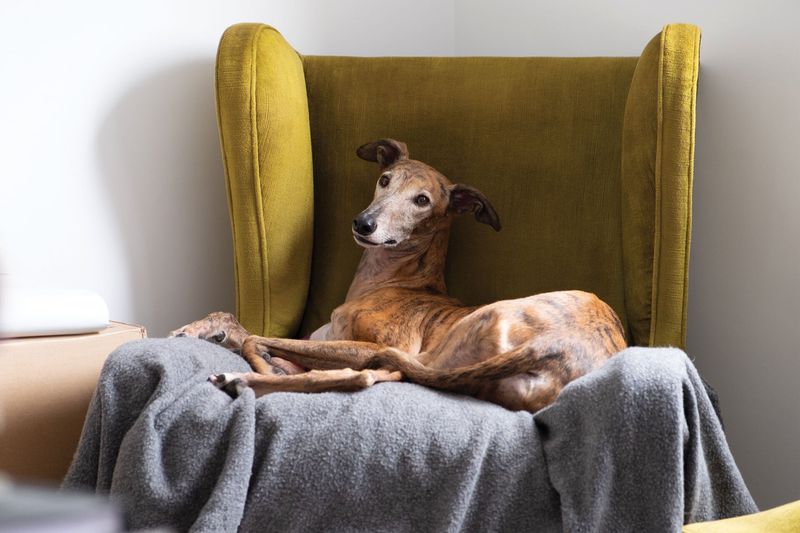
Despite their racing background, retired greyhounds are actually couch potatoes! These gentle giants are nicknamed “45mph couch potatoes” because they sprint for fun but spend most of their time sleeping.
Their short coats require minimal grooming, and they shed surprisingly little for their size. Most greyhounds are quiet, rarely barking without good reason – a huge plus for apartment dwellers with close neighbors.
Though they need daily walks, they don’t require the extensive exercise many assume. Many rescue organizations specifically place retired racing greyhounds in urban homes where they thrive with their calm, adaptable nature. Their lanky bodies even fit comfortably in smaller spaces!
11. Boston Terriers – Compact City Companions
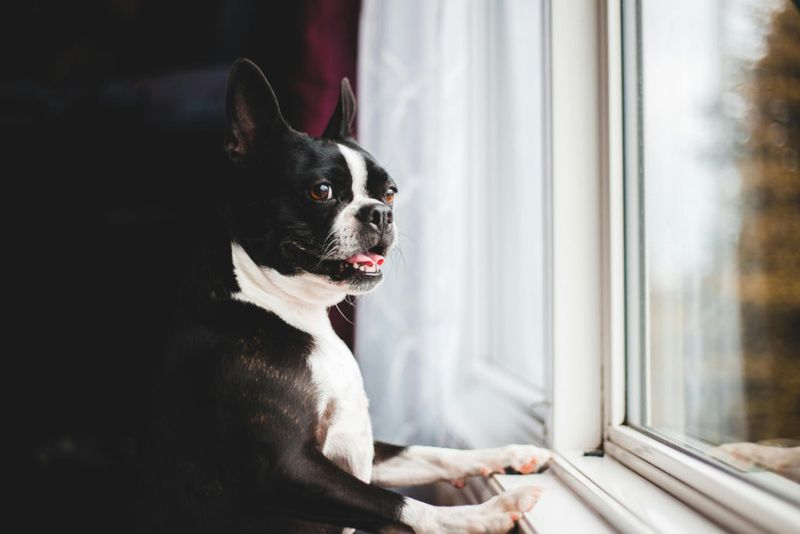
Boston Terriers pack big personalities into small, apartment-friendly packages. Unlike many small breeds, they’re typically quiet and don’t tend toward excessive barking that might annoy neighbors.
Their short coats need minimal grooming, and while they enjoy play sessions, they don’t require extensive exercise. A couple of brisk walks daily satisfies their energy needs perfectly.
Unlike their French Bulldog cousins, Bostons typically have slightly longer snouts that allow for better breathing, though still not perfect. They’re naturally social and adaptable to busy urban environments, handling the hustle and bustle of city life with remarkable ease. Many Boston owners appreciate their alert but not hyperactive temperament.
12. Shih Tzus – Built For Indoor Living

Originally bred to be palace companions in ancient China, Shih Tzus are purpose-built for indoor living. These little lions don’t need sprawling yards to be happy – they’re perfectly content with indoor play and short walks.
Their moderate energy level means they’re playful when engaged but settle down nicely afterward. Unlike some small breeds, they’re generally not yappy, making them good neighbors in multi-unit buildings.
Shih Tzus are remarkably adaptable to different lifestyles and schedules. Their affectionate nature makes them excellent companions for seniors or singles in urban settings. While their long coats require regular grooming, many city dwellers keep them in practical “puppy cuts” for easier maintenance.
13. Bichon Frises – Hypoallergenic Urban Charmers
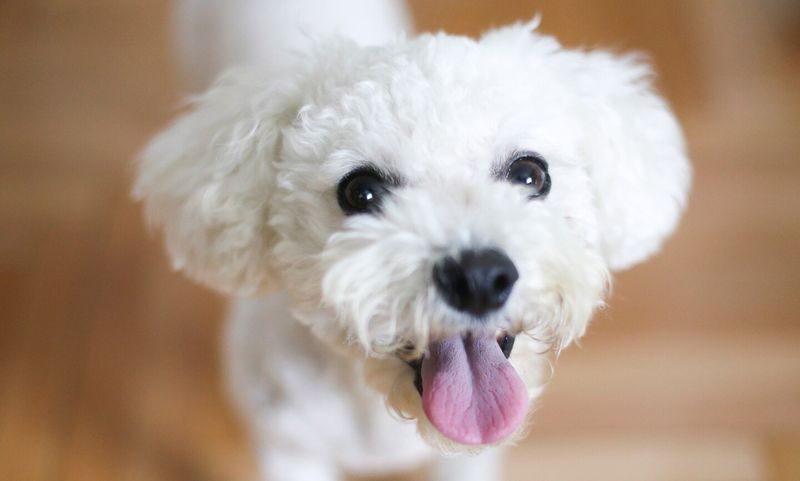
Bichons excel in city environments with their compact size and adaptable personalities. Their hypoallergenic coats make them ideal for apartment dwellers with mild allergies – they shed minimally and produce less dander than many breeds.
These fluffy white dogs have cheerful dispositions and moderate exercise needs. A daily walk and some indoor play sessions keep them perfectly content without requiring extensive outdoor space.
Bichons typically form close bonds with their people and handle being alone for reasonable periods once properly trained. Their naturally clean nature and appropriate indoor energy level make them excellent city companions. Many owners appreciate that they’re substantial enough to be sturdy but small enough for easy urban living.
14. Chinese Cresteds – Tiny Footprint, Tiny Shedding
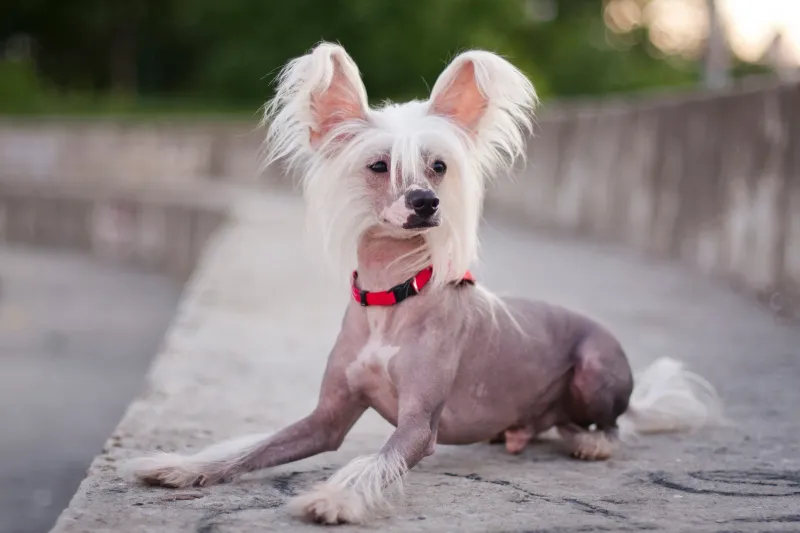
Looking for a truly unique city companion? Chinese Cresteds come in two varieties – the hairless (with silky hair only on head, feet and tail) and the powderpuff (fully coated). Both types are excellent apartment dogs with minimal shedding.
Their tiny size means they need minimal space and exercise. A short daily walk and indoor playtime satisfies their modest energy needs completely.
Chinese Cresteds form incredibly strong bonds with their people and generally prefer human company to other dogs. They’re typically quiet and reserved around strangers – perfect for apartment living where noise matters. The hairless variety needs sun protection but requires almost no grooming, a big plus for busy city dwellers.

